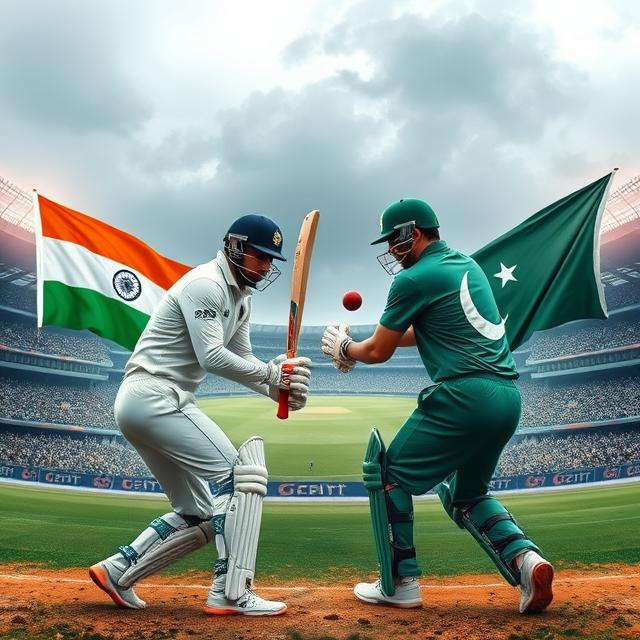Captain of the Pakistan Cricket Team in 2019: A Year of Shifting Tides

Captain of the Pakistan Cricket Team in 2019: A Year of Shifting Tides
The year 2019 was a crucial period for Pakistan cricket, marked by a captaincy transition and a fluctuating performance on the field. A change in leadership often signifies a potential for both upheaval and reinvention. This article delves into the complexities of the 2019 Pakistan cricket team, focusing on the captaincy and the broader context of the team’s performance.
Click here to uncover the key moments that shaped Pakistan’s cricketing destiny in 2019.
Who Led the Green Shirts?
During the 2019 calendar year, the Pakistan cricket team saw the helm being passed from one experienced captain to another, or even more accurately, a series of short-term or interim captains.
Understanding the intricacies of these leadership changes is crucial to comprehending the fluctuating performance during the year. Was it the changing of the guard, or were other contributing factors at play?
The Shifting Sands of Captaincy: A Year in Review
Pakistan cricket in 2019 was a year of captaincy transitions. This meant that throughout the year, the team didn’t have a consistently stable and established captain. This frequently impacted team morale, strategy, and individual player performance. This period of transition wasn’t unique to Pakistan; it’s a common theme in many sports with evolving hierarchies and leadership changes. It’s crucial to analyze not only the captain but also the impact of these transitions on the entire team dynamic.
It’s important to highlight the individual challenges faced by each captain and the different styles of leadership they employed. Did these various leadership styles contribute to the team’s successes and failures?
Analyzing Key Matches and Series
Pakistan’s performances in 2019 varied across different international series. Some series saw flashes of brilliance, while others were characterized by inconsistency. The fluctuating nature of the team’s performance directly correlated with the changes in captaincy and player form. It’s crucial to examine these specific matches and series in detail to determine the specific factors that contributed to these wins and losses.
An in-depth look at crucial matches during this period—key victories, and even some demoralizing losses—offers invaluable insight into the team’s strengths and weaknesses, the team dynamics, and even their preparation strategy. For instance, an analysis of their batting and bowling performances during certain series can reveal specific areas needing improvement.
Did a different captain style affect the team’s ability to execute specific strategies? Examining the captain-coach relationship and the team dynamics provides a more complete picture of the team’s performance.
Key Players and Their Contributions
Beyond the captaincy transition, the performance of key players in 2019 was also critical. The form of key players—batsmen, all-rounders, and bowlers—directly impacted the team’s overall success. This analysis would involve examining the individual performance of each player during different matches and series. Moreover, how did these individual performances link to the team’s overall output? The data should support the observations made. Were there any emerging talents who rose to prominence during this period? Did any veteran players experience a decline in form?
It’s important to consider whether any individual players’ performances were affected by the leadership changes and shifting dynamics of the team. Did the changes in captaincy provide an opportunity for players to step up or lead to a loss of focus or momentum?
A significant aspect of the analysis should also involve examining the team’s batting and bowling averages, wicket-taking figures, and other relevant statistics. All of this is critical to understanding the team’s strengths and weaknesses.
Impact on Future Performance and Strategies
The team’s performance in 2019 can offer valuable insights for future strategies. The analyses of the captaincy transitions, match outcomes, and player performances can provide crucial data points. A successful strategy for future Pakistan cricket would likely involve understanding the key factors that impacted the team’s performance in 2019. Was there a particular style of captaincy that worked best, or were there systemic issues within the team that needed more attention?
Analyzing the team’s performance and the changing captaincy also offers opportunities for improvement. From player selection to team training, there are areas where adjustments may improve outcomes in the future. Ultimately, the insights gleaned from 2019 will influence the team’s approach to future challenges.
This analysis can also inform the selection process for future captains and offer a deeper understanding of how leadership impacts team performance.
Conclusion
Pakistan’s cricket journey in 2019 was a complex tapestry of leadership transitions, fluctuating performances, and individual player contributions. The challenges faced and the insights gained during this period will undeniably shape the future of Pakistan cricket. By carefully analyzing the data and observations, we can gain valuable lessons about what works and what needs improvement, from leadership styles to team dynamics. Understanding these factors can significantly contribute to the team’s ongoing success in international cricket.
The 2019 year was a turning point. Will Pakistan cricket capitalize on the lessons learned?
This analysis provides a solid foundation for understanding the factors that influenced the Pakistan cricket team in 2019 and how these factors may be relevant to future endeavors. This information allows us to gain deeper insight into the team’s trajectory.